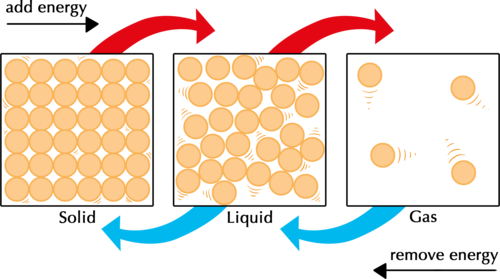How is presence of electrolytes tested in solution?
1 Answer
One may start by boiling the solution in comparison with another solution with the solute as a non-electrolyte. Whichever solution boils faster is the non-electrolyte substance and the other solution that takes longer is the electrolyte dissolved solution.
Explanation:
Any impurities in general dissolved in the solvent (water in this case) tend to elevate or increase the temperature of the boiling point. When a pure solvent is taken, all the surface molecules are of the solvent but if an electrolyte solute (the one which does not dissociate into its ions on addition to a solvent) is added to the solvent(water), the resulting solution will have the surface molecules of both solute and solvent.
As the result, the rate of evaporation of the solvent decreases (because in the first case only solvent molecules were to evaporate but by the addition of a non-volatile solute, as it does not evaporate and occupies the spaces previously occupied by the solvent molecules, the evaporating molecules decrease) and consequently the vapor pressure also decreases.
With a decrease in the vapor pressure, the (now) solution has to be heated to a greater pressure than its boiling point of the pure solvent to make its vapor pressure equal to the external atmospheric pressure. Thus, as V. P∝1/B. P, the boiling point of the solvent increases.
In other words, when a solute is added to a solvent, it essentially “dilutes” the mixed solution which means that space formerly taken up by the solvent molecules will be taken up by the solute molecules meaning that the number of evaporating molecules that evaporate at any given time decreases, meaning that it will take more energy (in the form of heat) to boil the solution. The following diagram shows the particle model for each state:

All the best!

